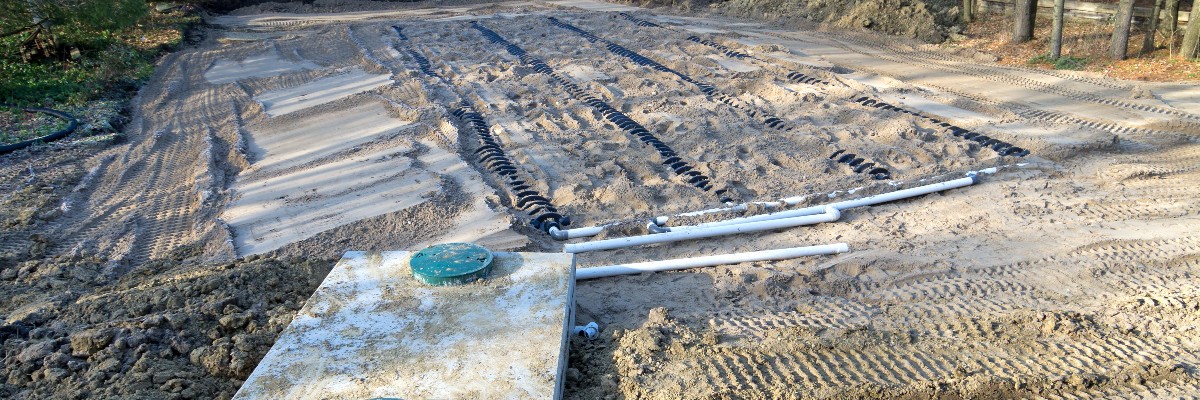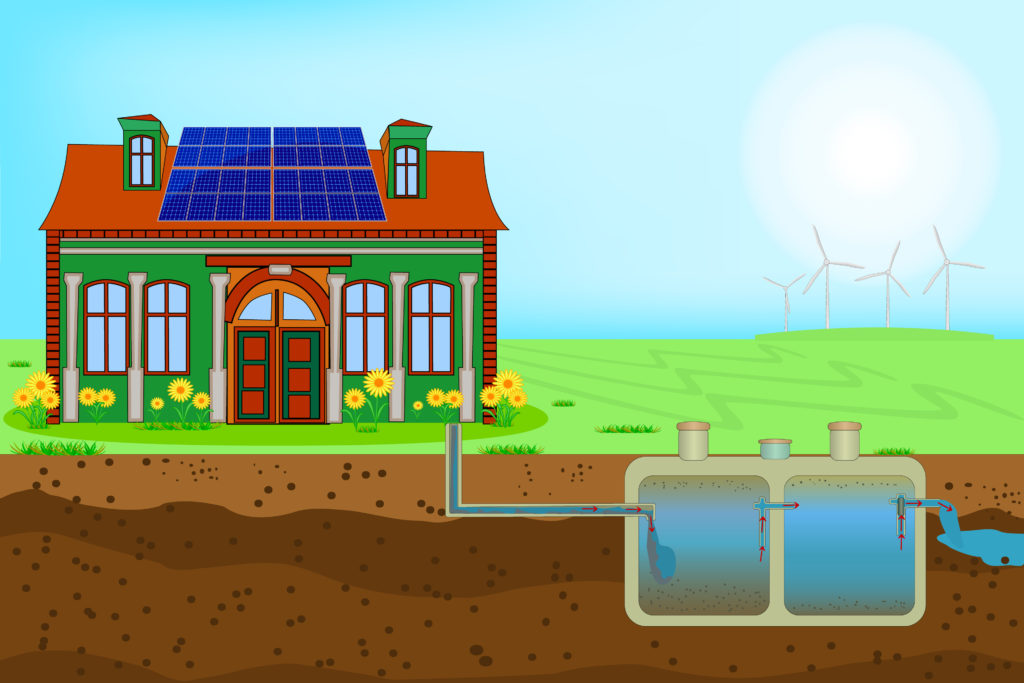Blog
Improving Septic System Performance: 5 Tips from Wastewater Treatment Experts

Septic systems are used worldwide because they are a simple way to provide onsite sewage treatment. But like all other wastewater treatment solutions, septic systems require regular maintenance to operate properly. In this blog, we look at five tips for ensuring optimal septic system performance.
A septic system, or onsite sewage facility, is a type of wastewater system that treats and disposes of small volumes of effluent. They are typically used in homes and businesses that don’t have access to a centralized public sewer system. It’s common for a septic system to include both a tank and a drain field.
If you live in the United States, there’s a good chance you have used an appliance that is connected to a septic tank, even if you weren’t aware of it. That’s because more than one in five American households uses septic systems to treat wastewater; not to mention the countless restaurants, hospitals and other commercial buildings that use them as well.
Since septic systems are so prominent, it’s useful to know how to take care of them, especially if you have one of your own. Otherwise, you may end up having to dig up and replace your septic tank, which is costly and time-consuming. That’s why we’ve developed five tips for improving septic system performance.
5 Tips to Optimize Septic System Performance
Tip #1: Inspect & Pump Your Septic Tank Regularly
In the septic tank, solids accumulate over time, including dirt, stones and sand. When the solids build up, that can cause slow drainage, which means your shower or sink drain won’t drain fast or as well as it normally would. Therefore, septic system inspections and maintenance are necessary to ensure high performance.

If you fail to pump your system regularly, you could end up having to dig up your tank and drain field to replace them. That process is very expensive and time-consuming. So, if you want to avoid it, pump your tank frequently.
Tip #2: Be Efficient with Your Water Usage
The average single-family home uses up to 70 gallons of water per family member per day. And if the home uses a septic system, all that water ends up in the tank. The less water you use, the less chance you have of system failure. Here are some ideas to conserve water for the sake of your septic system:
- Invest in high-efficiency toilets
- Use faucet aerators, high-efficiency showerheads and shower flow restrictors
- Choose the proper load size when doing laundry
Tip #3: Watch What You Put Down the Sink
Septic systems are biological systems, so bacteria are added to wastewater to reduce waste. But many household cleaning items like soaps and detergents are antibacterial and antimicrobial. When those substances end up in your septic system, they kill the good bacteria and microbes that would otherwise break down the waste.
To avoid this issue, limit the amount of antimicrobial and antibacterial substances you use when washing dishes, cleaning floors and anything else that could end up going down the drain and into your septic system.
It’s also important to not pour fats, oils and grease (FOG) down the drain. While FOG may not congeal or solidify within your kitchen pipes, it will eventually cool down and harden in the septic system. Therefore, it’s better to capture the FOG, let it solidify and throw it away.
Tip #4: Keep Your Drain Field Clear
Your drain field is a vital component of your septic system because it removes the contaminants from the liquid that comes out of the septic tank. But for your drain field to operate properly, it needs space.
Don’t park vehicles, plant trees or place rainwater drainage systems within the proximity of your drain field. Otherwise, it may not be able to perform the wastewater treatment process as well as it should.
Tip #5: Add Bacteria Regularly
If you want your septic system to perform at an optimal level, you need to add bacteria frequently – a process known as bioaugmentation. When you add microbes, they augment (increase) the existing biomass, which stabilizes the biological process and increases the septic system’s ability to produce an acceptable effluent.
The good news is that it’s easy to add bacteria to your septic system. All you have to do is flush a microbial addition or bacterial product down your toilet. It’s a cost-effective and efficient way to reintroduce good bacteria into the septic system so it can perform properly.
Conclusion
Septic system performance relies on proper maintenance and being mindful of what you put down the sink. Remember to pump your septic tank, use less water, keep FOG out of your drains, stay off your drain field and add bacterial products to your septic system. Following these tips will help prime your septic system for peak performance.
Monera Technologies offers cost-effective bioaugmentation solutions to improve septic system performance. Contact us to order yours today.